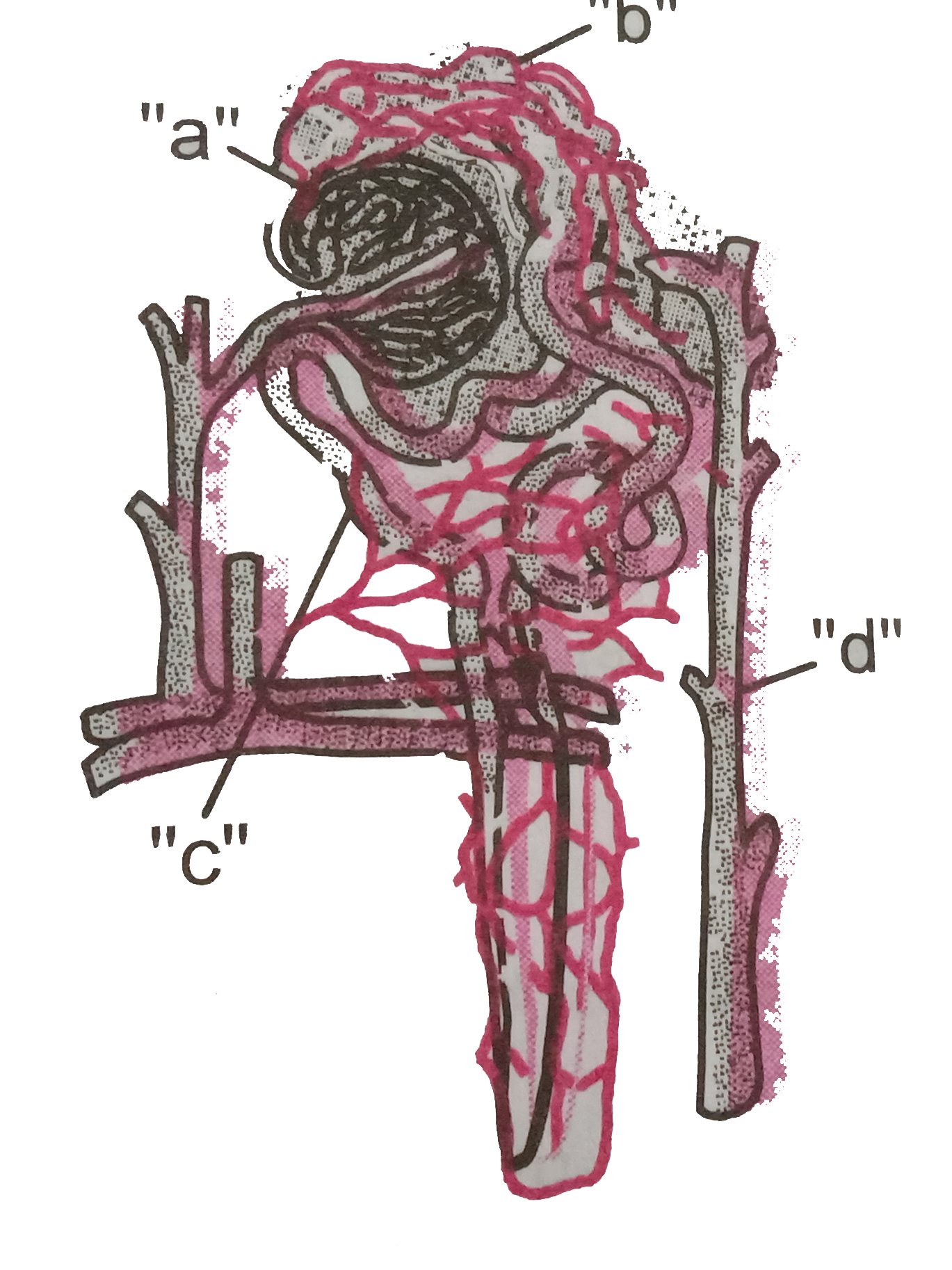Allergic eczema is characterized by
(a) Raised itchy blisters
(b) Reddening of skin
(c) Formation of vesicles and scabs
(d) Both b and c
Raised itchy bliters
Reddening of skin
Formation of vesicles and scabs
Both B and C
To solve the question regarding the characteristics of allergic eczema, we can follow these steps:
Step 1: Understand the condition
Allergic eczema is a skin condition that occurs due to an allergic reaction to certain allergens. It is important to know what symptoms are typically associated with this condition.
Step 2: Analyze the options
- Option (a): Raised itchy blisters - This is not a typical characteristic of allergic eczema.
- Option (b): Reddening of skin - This is a common symptom of allergic eczema due to increased blood flow from scratching.
- Option (c): Formation of vesicles and scabs - Vesicles (tiny fluid-filled blisters) form as a result of scratching, and scabs can develop from the skin's response to injury.
- Option (d): Both b and c - This option combines the characteristics of reddening of skin and formation of vesicles and scabs.
Step 3: Determine the correct answer
Based on the analysis:
- Allergic eczema is characterized by reddening of the skin (option b) and formation of vesicles and scabs (option c). Therefore, the correct answer is option (d) - both b and c.
Final Answer:
(d) Both b and c
---
Allergic eczema is a skin condition that occurs due to an allergic reaction to certain allergens. It is important to know what symptoms are typically associated with this condition.
- Option (a): Raised itchy blisters - This is not a typical characteristic of allergic eczema.
- Option (b): Reddening of skin - This is a common symptom of allergic eczema due to increased blood flow from scratching.
- Option (c): Formation of vesicles and scabs - Vesicles (tiny fluid-filled blisters) form as a result of scratching, and scabs can develop from the skin's response to injury.
- Option (d): Both b and c - This option combines the characteristics of reddening of skin and formation of vesicles and scabs.
Based on the analysis:
- Allergic eczema is characterized by reddening of the skin (option b) and formation of vesicles and scabs (option c). Therefore, the correct answer is option (d) - both b and c.
(d) Both b and c
Topper's Solved these Questions
- HUMAN HEALTH AND DISEASEBOOK - DINESH PUBLICATION ENGLISHCHAPTER - HUMAN HEALTH AND DISEASEEXERCISE - Revision Questions From Competitive Exams
512 Videos
- HUMAN EVOLUTIONBOOK - DINESH PUBLICATION ENGLISHCHAPTER - HUMAN EVOLUTIONEXERCISE - Brain Teasers-VII
181 Videos
- HUMAN REPRODUCTIONBOOK - DINESH PUBLICATION ENGLISHCHAPTER - HUMAN REPRODUCTIONEXERCISE - MCQ
770 Videos
Similar Questions
Abscission zone is characterized by
(a) Presence of callose plugs
(b) Presence of a distinct layer
(c) Activity of celluloses and pectinases
(d) All of these
View SolutionCuticles is secreted by
(a) Epidermis
(b) Endodermis
(c) Both a and b
(d) Hypodermis
View SolutionBiospecies is based on
(a) Cytological traits
(b) Reproductive isolation
(c) Genetic isolation
(d) Both b and c
View SolutionStratified and non-keratinised squamous epithelium occurs in
(a) Epidermis of skin
(b) Vagina and cervix
(c) Buccal cavity
(d) Both b and c
View SolutionKeys are required for
(a) Phylogenetic classification
(b) Natural classification
(c) Identification of organism
(d) Both b and c
View SolutionLigament connects
(a) Bone to bone
(b) Bone to muscle
(c) Muscle to muscle
(d) Both b and c
View SolutionIn the accompanying diagram of urine formation, identify a, b, c and d

View SolutionGrowth rings are formed by the activity of
(a) Extrasteral cambium
(b) Intrasteler cambium
(c) Interstelar cambium
(d) Both b and c
View SolutionExplain the formation of (B), (C ) and (D) in the given reaction:

View SolutionOne of the causes of variation known by early agriculturists, was hidden in
(a) Formation of diploid gametes
(b) Fusion of identical gametes
(c) Sexual reproduction
(d) Both (a) & (b)
View Solution
